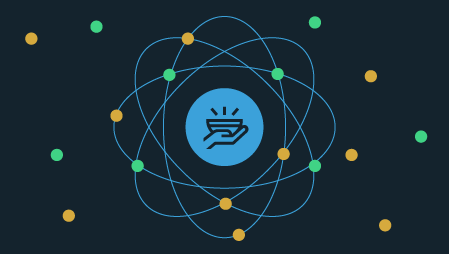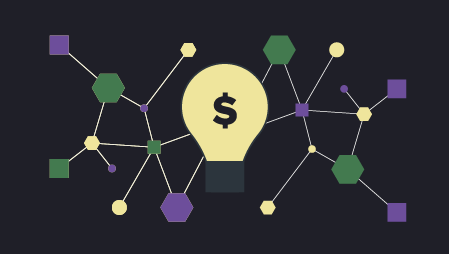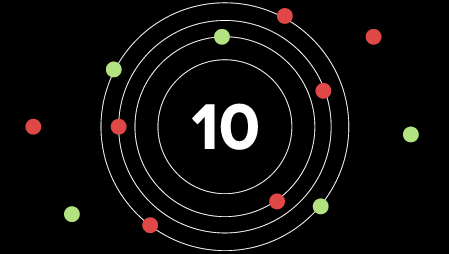Ready to learn Internet of Things? Browse IoT Training and Certification courses developed by industry thought leaders and Experfy in Harvard Innovation Lab.
The Internet of Things, or IoT, is the future of how businesses understand consumers. However, data stored in the IoT can be used for nearly everything so long as people are creative enough to find the uses. A hot-button topic in the world right now is global warming and saving the environment. IoT is here to help.
The data in the IoT is a wealth of knowledge from devices around the world, the information being preferences and ideas for every individual condensed down into the massive data pool of the IoT. The information is then viewed and sorted so users can make smart choices on difficult decisions.
Here's a look at five ways the IoT might be able to contribute to the future of going green.
1. Preserving Forests, Land and Wildlife
The lands left untouched by humans need our attention now more than ever, and technology can actually help preserve these areas. One of the most devastating impacts to wildlife is deforestation from a multitude of factors, not the least of which is illegal activity.
Fifteen percent of global carbon emissions are due to deforestation. Illegal logging activities have a huge hand in this process but are being prevented by the RainForest Connection and IoT. Sensors from old mobile phones are attached to trees, so the organization can monitor activity and detect deforestation or poaching from a great distance. The sensors can even record sounds.
2. Improving Air Quality
Smog is becoming a major problem in big cities, lowering the air quality and health for the residents. The Royal Borough of Greenwich in London has started using the IoT to improve the air quality of their city. They use an electric vehicle dubbed the Smogmobile to travel the city and sample the air quality with sensors. With the steady stream of data, they can predict air conditions in the near and distant future.
Predicting the future of air quality can allow the city to make decisions about control. If the air is predicted to be bad, they can order the town to not burn any wood or coal on certain days. The idea has spread to other cities, and now Chicago has set up similar sensors citywide that are mounted on lamp posts. With this technology, air quality can be regulated and eventually improved.
3. Aiding With Smart Farming
One of the best assets of IoT is using as many resources available as possible to make logical decisions quickly. This means cutting down on waste is a happy side effect. Sensors out in the fields can also tell conditions in real time and make decisions about which automated equipment to use from there. If the area is too dry, for instance, the sensors can turn on sprinklers with no wasted time or resources.
Some equipment can be allocated from different areas to be used for smart farming as well. Commercial off-the-shelf, or COTS, products can offer alternatives to specialized equipment, preventing companies from having to engineer equipment themselves. This specialized hardware can be used to provide data to the IoT.
4. Developing Better Buildings
IoT can also help with how people interact with the buildings they are in. Smart power grids can automatically allow occupants to take control of a building. Ventilation, heating, cooling, lighting and security can all be controlled by various occupants or just one in real time, even when the building isn't occupied. This is becoming a common feature in most smart homes, too.
In the case of energy or resource leaks, the sensors can immediately send updates to repair crews. Giving smart buildings the freedom and ability to contact others for maintenance means less waste in the end.
5. Increasing the Recycling of E-Waste
E-Waste refers to the waste of electronic equipment. With devices becoming obsolete in less than a year in most cases, some people are just throwing them away. However, this causes a massive problem in landfills and harms the environment. Cell phone batteries, especially, add plastic and pollutants to soil and groundwater, taking years to fully decompose.
Now old devices and equipment are getting recycled more often by owners, but the IoT wants to take a step further. With data, components from devices can be salvaged and refurbished for circulation without anything going to waste. If the device is truly too far gone, then parts and plastics can be taken. IBM and other companies are already implementing these recycling methods with clients.
The IoT and the Future of the Planet
Surprisingly, technology has come full circle and is actually starting to help the environment more than cause harm. The ultimate impact, however, is all in how we use the tools given to us. Putting the IoT toward these great causes is helping the world around us, but we have to continue to be proactive and think up new ideas to help make the world a better place for future generations.



